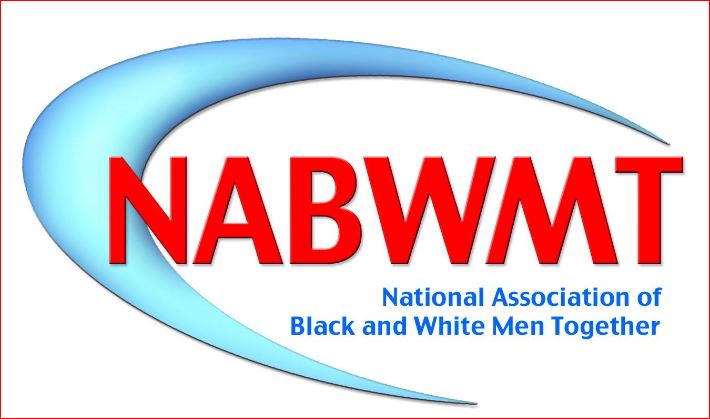
In the city of West Hollywood, California there was a troubling, baffling and, for some, deeply infuriating case of longtime Democratic political donor Ed Buck, whose apartment in the building has been the scene of two Black men’s apparent overdose deaths in the last two years. Ed Buck is a well-known figure in LGBTQ political circles. The official statement from the NABWMT on this is on https://nabwmt.org.
We should await the results of the legal analyses of these deaths, and this podcast does not suppose the guilt or innocence of anyone party to these events. It does serve to outline questions that arise in the news of the LGBT communities, that are often asked but not answered. The NABWMT condemns the salacious and exploitive stories in some press that focus on sex and drugs rather than the fact that the lives of two black men were lost.
West Hollywood is known for its activism and protests, the cases have prompted uncomfortable conversations and questions about race, class and drug abuse within the LGBTQ community. Some 46% of West Hollywood residents identify as LGBTQ, according to community surveys. The city is 80% white.
In the United States, ethnic minority LGBT individuals may find themselves in a double minority, in which they are neither fully accepted nor understood by mainly white LGBT communities, nor are they accepted by their own ethnic group. This is a key issue to members of the National Association of Black and White Men Together.
Recent data shows that, LGBT persons were more than twice as likely as heterosexual adults (39.1 percent versus 17.1 percent) to have used any illicit drug in the past year. Nearly a third of sexual minority adults (30.7 percent) used marijuana in the past year, compared to 12.9 percent of heterosexual adults, and about 1 in 10 (10.4 percent) misused prescription pain relievers, compared to 4.5 percent of heterosexual adults
Another group analyzed the frequencies and patterns of methamphetamine use among Black gay and bisexual men in comparison to men from other racial/ethnic groups. Although this is a limited study, no significant differences were noted for the Black users in comparison to the other racial/ethnic groups with regard to their reasons for use, and contexts in which the drug was used.
But, Given the disproportionate impact of HIV on the Black population, even low levels of drug use in this segment of the population can cause high levels of damage. In 2016, Blacks accounted for 44% of HIV diagnoses, though they comprise 12% of the U.S. population.
Given all of events like this, we all should reflect and act with the message that the lives of Black men are precious. The demonization and marginalization of gay Black men should stop, and help given to their safety and health.
Source: LA Times, National Survey on Drug Use and Health, National Institute of Health, Centers for Disease Control.
